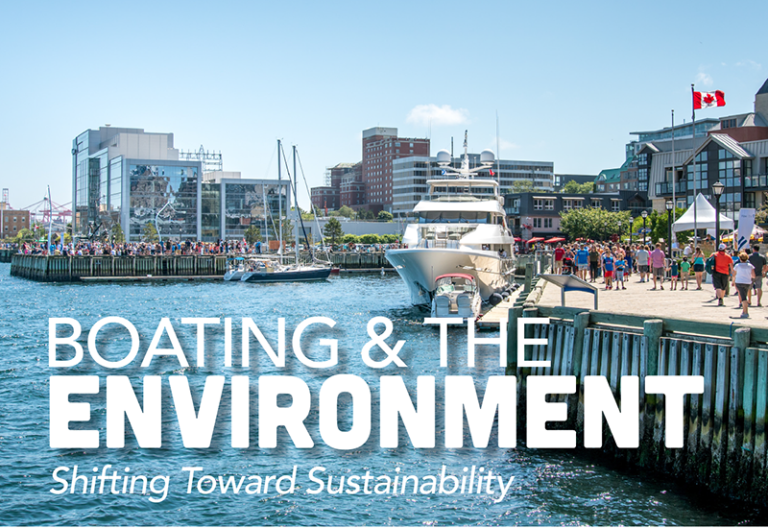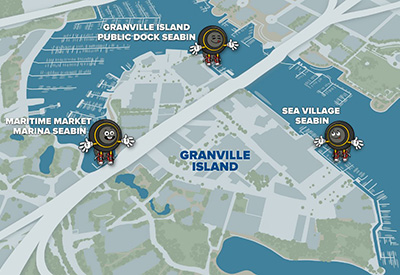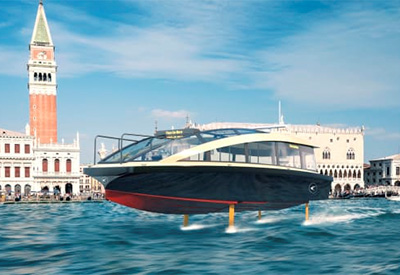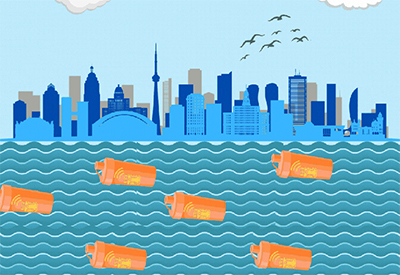Boating on the Green Side in BC

In many sectors there’s a developing interest in all things environmental and the boating community is no exception. Boaters are taking more of an interest to what is happening in their cruising areas – and in “Beautiful British Columbia” there is much current interest.
High on the list is the new pollution prevention regulation under the Canada Shipping Act. The regulation caused a serious uproar before it was made into law, as it seemed to be drafted with big ships in mind rather than small vessels – and because the bureaucrats in Ottawa appeared to have ignored some major recommendations of the west coast work group.
After some pretty lively consultation meetings, a “workable” regulation was finally developed and proclaimed into law on May 13, 2007. The really interesting thing is that the clause that makes the regulation “workable” also allows the dumping of raw sewage in enclosed and often sensitive waters on parts of Canada’s coast – the very thing it was trying to prevent.
The missing piece to this puzzling situation is a severe shortage of sewage pump out facilities on both coasts. So far there has been no real commitment from either federal or provincial authorities to help fund this sorely needed service. BC boaters are writing to elected officials to push them to find some funding, and environmental groups have brought forth a proposal to install floating “eco-docks” in the more highly trafficked areas that are not suitable for normal pump-out installations.
Hot on the tail of this regulation, there is talk of the same bureaucrats looking into grey water regulation. With BC boaters still coming to terms with black-water (sewage) discharge restrictions, the rumours about grey water regulation are starting to raise some eyebrows. Notwithstanding the bureaucratic ability to complicate what should be common sense, there is still some confusion as to what indeed grey water is and what impacts it can have on our cruising waters.
Although it may seem harmless, grey water can pose a threat to the marine and aquatic environments. Containing toxins like phosphates, chlorine, inorganic salts, and metals, grey water includes soaps and detergents from boat showers, dishwashing, and laundry facilities. It also includes the water and products we use to wash our boats.
These products, even those labeled as “biodegradable,” can contain substances that are harmful to marine life in a variety of ways. For example, many of them introduce excess nutrients and coat the gills of fish and other marine organisms, essentially causing suffocation. In larger vessels, grey water can also include ground-up vegetable matter from garbarators, which introduces even more nutrients to the ecosystem. Because boats are not connected to a sanitary sewer system, grey water flows untreated into our local waterways and oceans – potentially knocking the marine ecosystem out of balance.
During my travels this past summer I noticed a few areas where there seemed to be unusual algae blooms, possibly related to increased nutrient levels. As more and more boats use our favourite cruising areas, it’s possible we might see more blooms, unless we manage to reduce the impacts of grey water. Since I can’t see how to install a grey water holding tank on my boat, I’m keen to take the simple steps needed to keep my grey water clean! And maybe, if we all do this, it will keep the bureacrats at bay!
Another bureaucratic, but infinately more interesting, process is the feasability study for the Southern Strait of Georgia National Marine Conservation Area (NMCA) Reserve. Dotted with magnificent islands and blessed with a wonderful Mediterranean climate, the Strait of Georgia, where it adjoins Puget Sound, is home to a remarkable array of natural wonders.
A NMCA is a type of marine protected area, managed by Parks Canada under Canada’s National Marine Conservation Areas Act. A NMCA would include some fully protected reserves and ecologically based zoning. For example, fishing would likely still be allowed in most of the NMCA, as long as it does not damage habitat. A key goal of the feasibility study is to determine the level of public support. Parks Canada will only establish a national marine conservation area reserve if there is support to do so.
This is somewhat of a double-edged sword, it seems. Some boaters are afraid of restrictions being placed upon some of their favourite activities and anchorages. Yet at the same time a NMCA promises preservation of what we all love so much about boating in this area. With the population in the Georgia Basin/Puget Sound region slated to top 9.4 million by 2025, we may have to make some small compromises if we want our children and grandchildren to be able to enjoy cruising in a natural setting close to home.
Many within BC’s boating community are already taking positive steps to help the health of our local waters, including some marinas that have been making changes in advance of regulation. To recognize these leaders, Georgia Strait Alliance (GSA), a respected marine conservation group, is developing the BC equivalent of Ontario’s Clean Marine program.
The voluntary program, aptly named “Clean Marine BC”, will give recognition to those marinas, yacht clubs, harbour authorities and boatyards that display sound environmental policies and practices. A 2004 survey by Georgia Strait Alliance indicated that 76% of boaters would choose environmentally responsible facilities over others, even if they had to pay a little more. By now, that figure could even be higher. Once they pass an independent audit process the marinas will receive certification from the program and will be able to fly the “Clean Marine BC” flag.
Georgia Strait Alliance is now working closely with a couple of enthusiastic marinas on the pilot phase of the Clean Marine BC project, and hopes to have the full program available to all BC marinas by late 2008. With hundreds of marinas in the province, Clean Marine BC is a positive way to reward leaders who care about protecting our cruising waters.
By Michael Richards





























